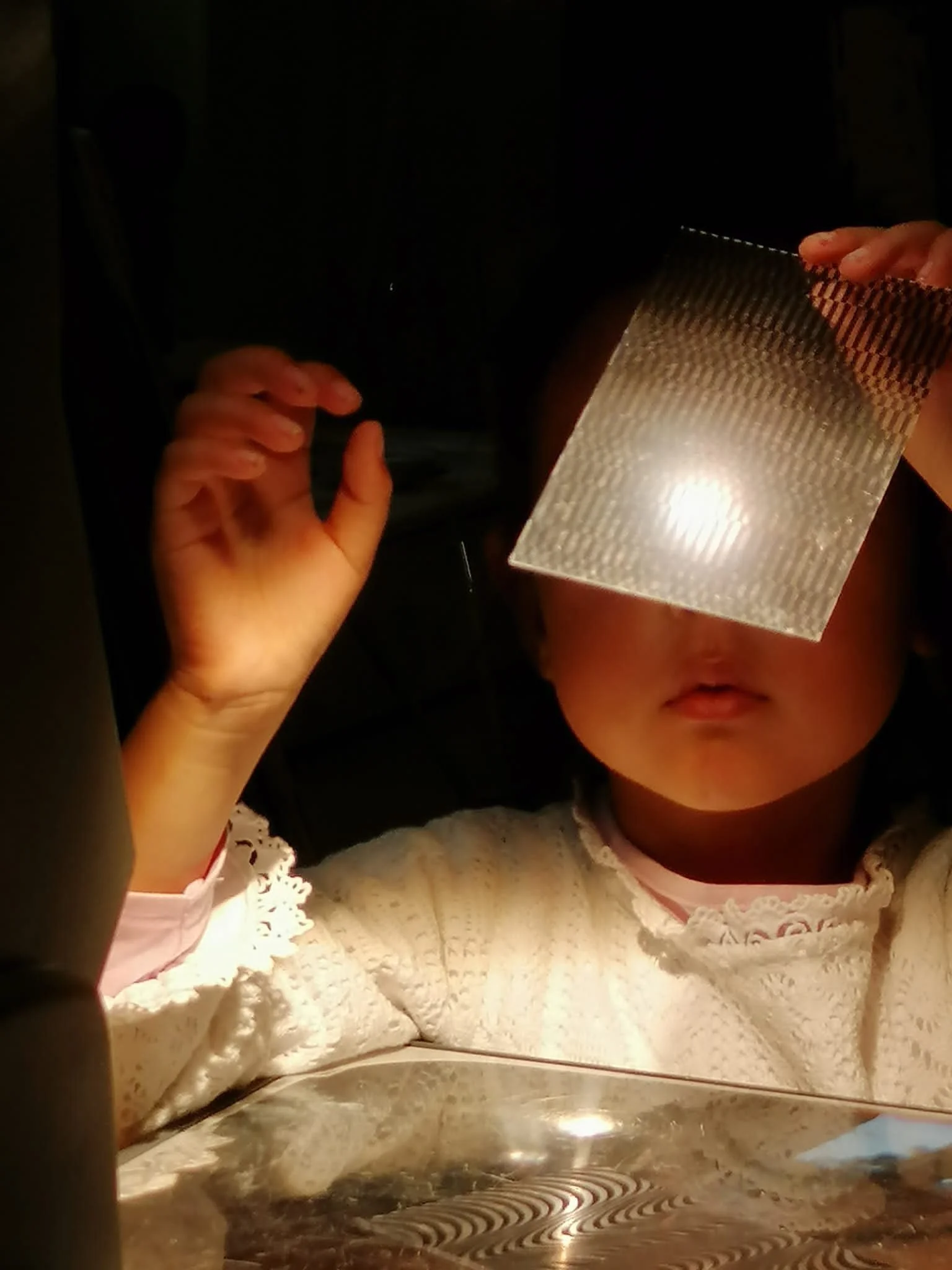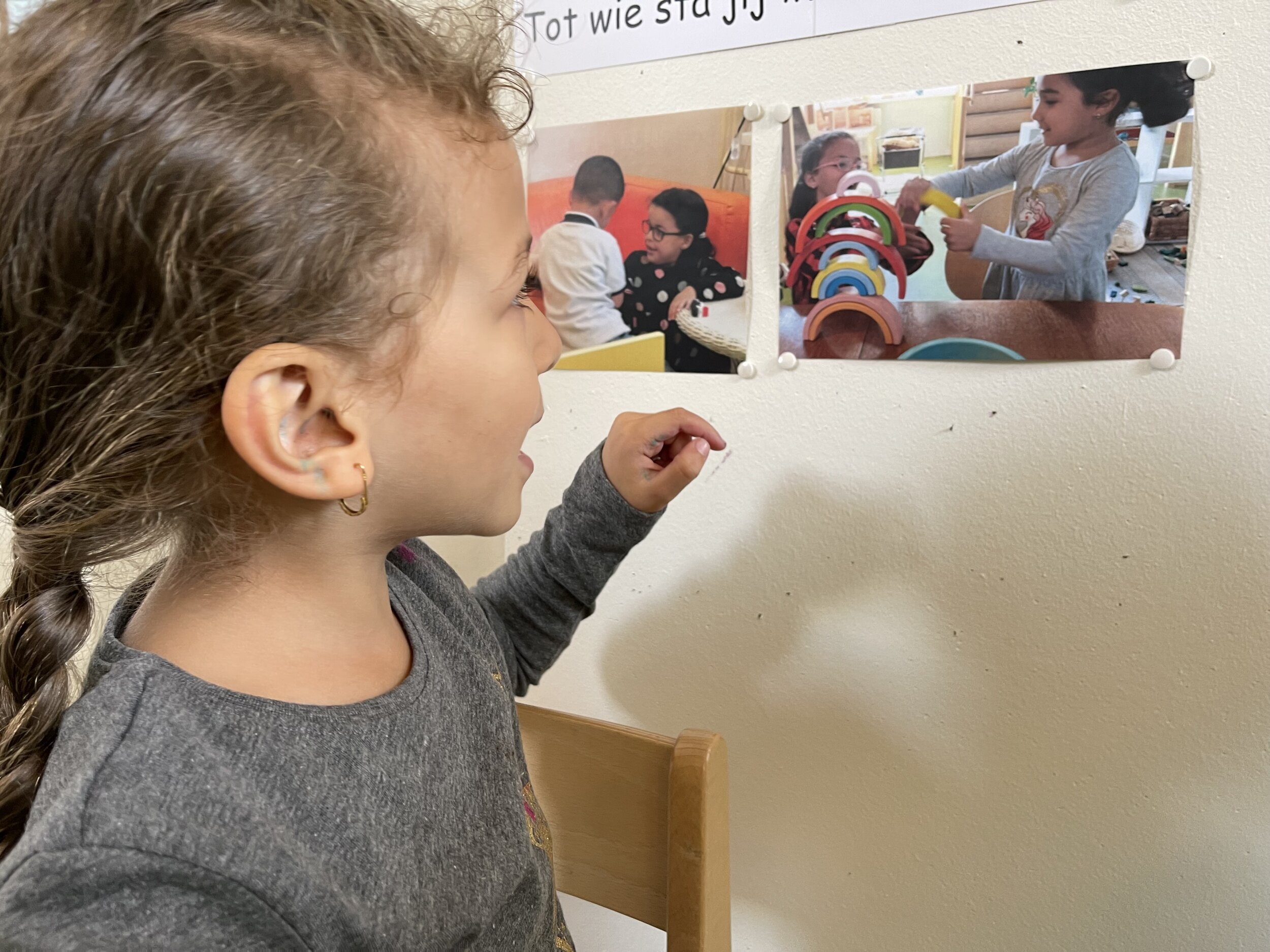FINDING TIME TO PULL APART IDEAS
In her previous blogpost on the Unpacking Our Pedagogy blog, Fiona wrote:
“Finding time to pull apart ideas with others is a critical part of our work, and can be a true joy when you find that colleague with whom you can really wrestle with ideas, explore sticky tensions, and open opportunities for new meaning to emerge.”
At my school, collaborative planning continues to be a precious time where we listen to each other’s perspectives, challenge our thinking, and explore new possibilities and solutions. Every Wednesday, we have about two hours to reflect on last week’s learning, plan in response to the children’s thinking and consider other learning engagements such as circle time, number talks, small group explorations, and PE.
To structure our meeting (and our thinking!), we use protocols to explore the conceptual layers in children’s play and discuss our documentation.
First, everyone individually identifies prevalent play scenarios and writes these ideas on different sticky notes combined with the underpinning concepts that come to mind. When everyone is ready, we share our different notes, compare, contrast, and consider each other’s perspectives. This helps us with ensuring that our planned invitations and provocations are connected to the children’s research.
The online tool Miro is perfect for creating a ‘web’ of identified concepts and connections between these concepts and the enduring understandings of our units. We have started adding our responses in white so we can keep track of how investigations evolve. Perhaps we can change the size of the certain circles according to their importance at any given time.
We have started the year with the central idea: people learn about themselves through their interactions with other people, places, and materials. Some of the emerging concepts connected to this unit are:
Memory - Influence Many children wanted to revisit previous experiences when they returned to school. They explored the materials, re-created certain play scenarios, and spontaneously started singing familiar songs. Some children asked for materials and games they associated with a certain space, enjoying the possibility to make choices and influence their experiences.
Writing - Identity Several children expressed they want to learn to read and write. We feel this is closely linked to their sense of identity. They seem to think the ability to read and write makes you ‘big’ and become part of the world of older peers, siblings, and adults. We see children making ‘lists’, printing letters, asking questions such as ‘what does it say?’; actively making meaning of our sign system with profound dedication.
Family - Roles Family continues to be a thread in children’s role-play scenarios. The different roles and identities within families are explored and re-created. We have noticed that many stories evolve around responsibilities, age, rules, and authority.
Relationships - Hierarchy - Influence - Inclusion - Exclusion The beginning of the year often evolves around relationships. We have observed many children exploring their identity within the learning group. With a different set of children, there seems to be the need to investigate how we learn and play together. We are actively supporting children with developing their social and communication skills so they can consider other points of view, respect each other, the spaces, and the materials.
Togetherness - Community New relationships are formed, creating space for novel connections, exciting possibilities, and original ideas! We are going to think about a way to celebrate our first weeks together in response to a child’s suggestion to organize a party “for everyone”. “Yes” her friend chimed in “A party at the park!”
Rules - Boundaries - Limits The explorations around relationships, identities, and influence seem to be connected to the ongoing testing of boundaries. We see children challenging their own physical boundaries and exploring ‘what is allowed here’. Many students navigate a difference in values and expectations between home and school and it takes time to learn to differentiate between these two experiences.
I wonder:
How do you identify ‘threads’ of research’ in play?
How do you document this and capture evolving play scenarios over time?
What thinking routines and or protocols do you use to structure collaborative planning meetings?
Communities of practice are created through ongoing dialogue. The things that support this discourse and help us to grow as professionals are: time, a listening stance, and structures that enhance discussion. Robert John Meehan formulates it beautifully “The most valuable resource that all teachers have is each other. Without collaboration, our growth is limited to our own perspectives.’
Anne






